They have played together, made merry, worked for their respective groups … each has played the game. And what more could you want?
Lord Somers (The Herald, 21 Jan, 1933, p 17)
The Lord Somers Camp
In the years after World War I, Australia was divided by deep class and sectarian divisions. Arthur Herbert Tennyson Somers (Lord Somers), the Governor of Victoria from 1926 to 1931, was inspired by the successful Duke of York camps in England, which brought together boys from public schools and those from industrial backgrounds. Gregarious, with a keen interest in all varieties of sport, Lord Somers was determined to set up a similar camp in Victoria to help break down social barriers among young people.
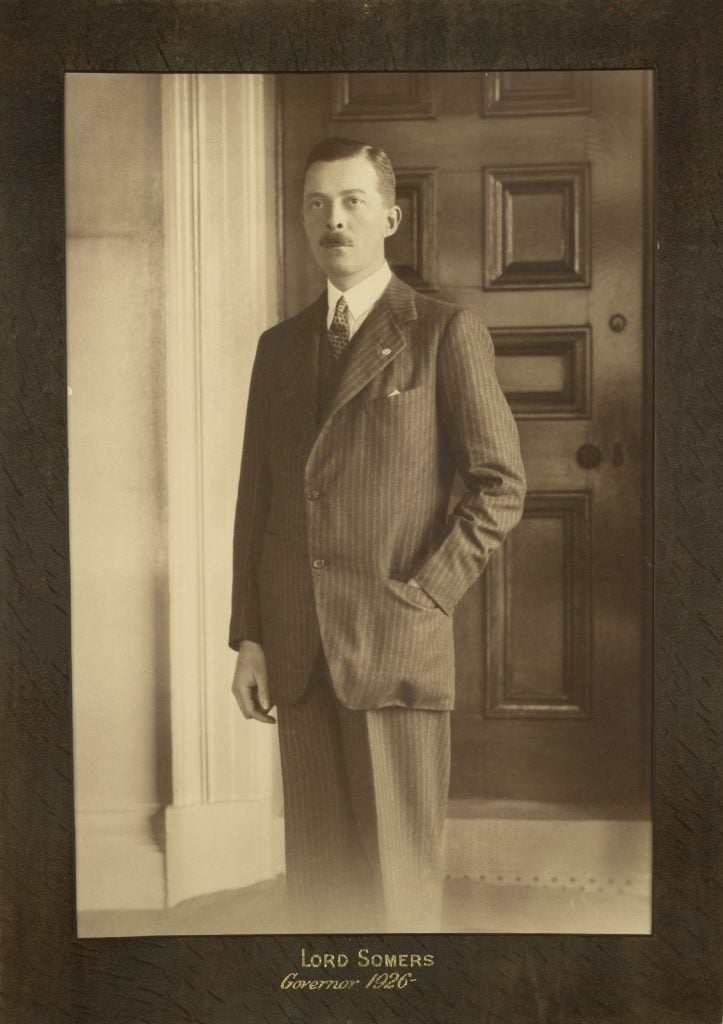
The first Lord Somers Camp was held at Anglesea on 19 January 1929, followed by the formation of the Power House, a social club which united all the former group leaders and camp attendees. In 1930, the Athletic Club, the first of many affiliated Power House clubs, was launched. In the same year, Lord Somers and his associates established a permanent camp at Balnarring East, on the Mornington Peninsula. Balnarring East was renamed ‘Somers’ in his honour. The first camp at Somers opened in January 1931. The boys took part in competitive games, football matches and cross-country races, but also had time for less organised activities including beach cricket, swimming and cliff walks with a naturalist. Concerts, songs and camp fires added to the fun.
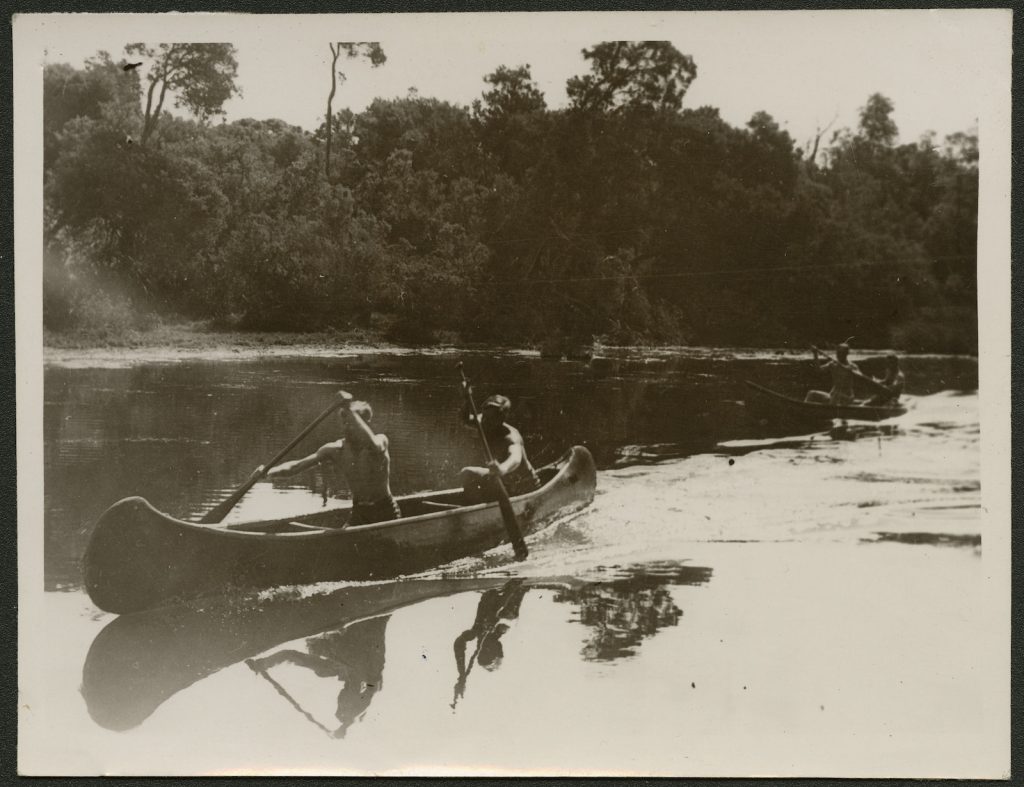
It was hoped that the boys’ shared activities in camp would create a lifelong bond, preventing social barriers being created in the upcoming generation. Rich boys and poor might wear “shorts and singlets together in the same camp” and might become friends. It was hoped that many of the gifted boys who came to the camps would become prominent in the community, helping the ideals of the camp to percolate through society.


Newspaper reports during the Depression of the 1930s praised the camps for building mutual understanding between boys from public schools and boys from factories and other industry. They could meet on an equal footing, discuss their problems and learn to settle disputes with those holding different viewpoints.
Boys who enjoyed their first camp could return as “slushies”: staff who performed the chores, from the age of seventeen up to the age of twenty-five or thirty. The slushies also performed theatrical sketches, impromptu entertainment and concerts for the campers. If they were then still keen, they could work as senior staff for the rest of their lives.
Over time, the Somers’ Camp philosophy focused on the need for all to work together for the common good, to achieve more as a team than they could as individuals.

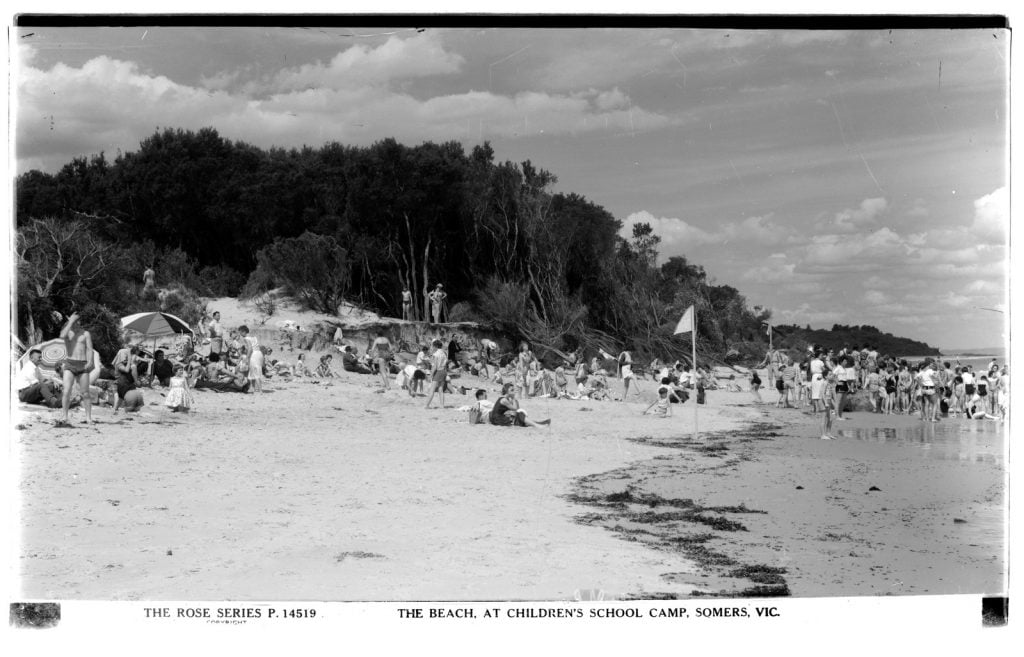
For those who participated, it was a memorable experience. The first camp for girls, the Lady Somers Camp, was established in 1986. Today, the Lord Somers camp offers camps for disadvantaged children, schools and community groups. 1
The Lord Mayor’s Camp
It was 1943. World War II was raging, and a drought parched the country. It was hardly the time to be thinking of holidays, but two men were determined to carry out an exciting plan. Sir Thomas Nettleford, the Lord Mayor of Melbourne, and John D. Porter, were determined to give children from the drought-stricken Mallee district a holiday at the seaside. Norman Myer, the Governing Director of the Myer Emporium, came up with the money.
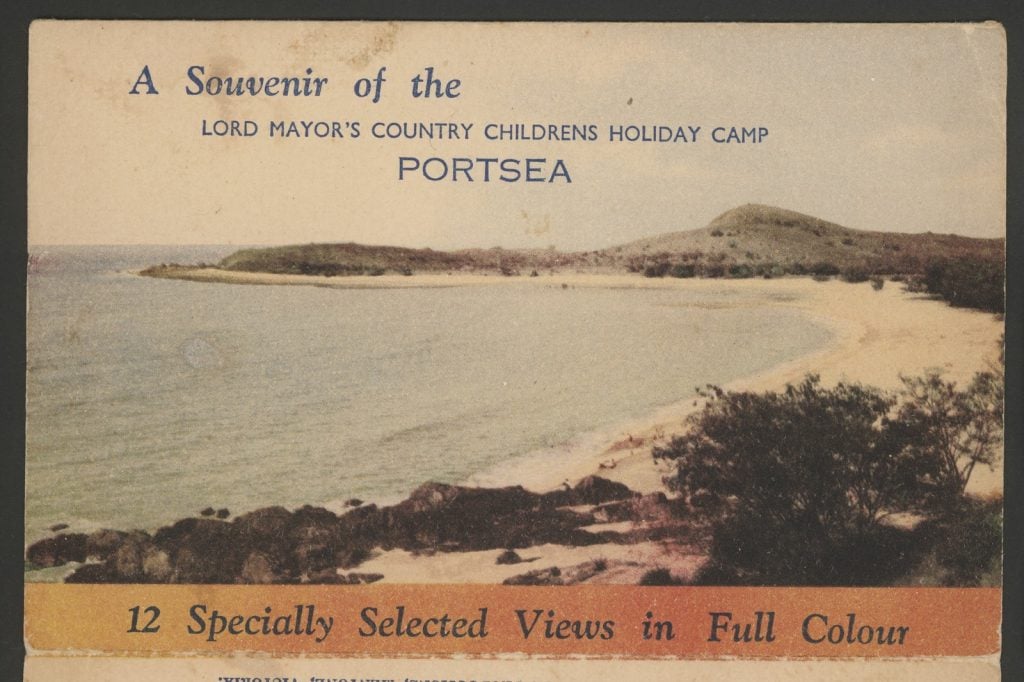
The following summer, 300 children from the Mallee arrived at a camp in Frankston. This was a huge adventure for the children. In the days before widespread car ownership, many country children had never been to the beach or visited the city. The children relished their first experience of the waters of Port Phillip Bay. They were encouraged to earn their Herald swimming certificate and take up other sports activities. Under the Lord Mayor’s Mallee Camps program, 1,460 children enjoyed a seaside holiday at Balcombe Army Camp, Mount Martha. In 1946, the first camp at Portsea opened. Around 4000 children attended eight camps – four camps for boys and five for girls.
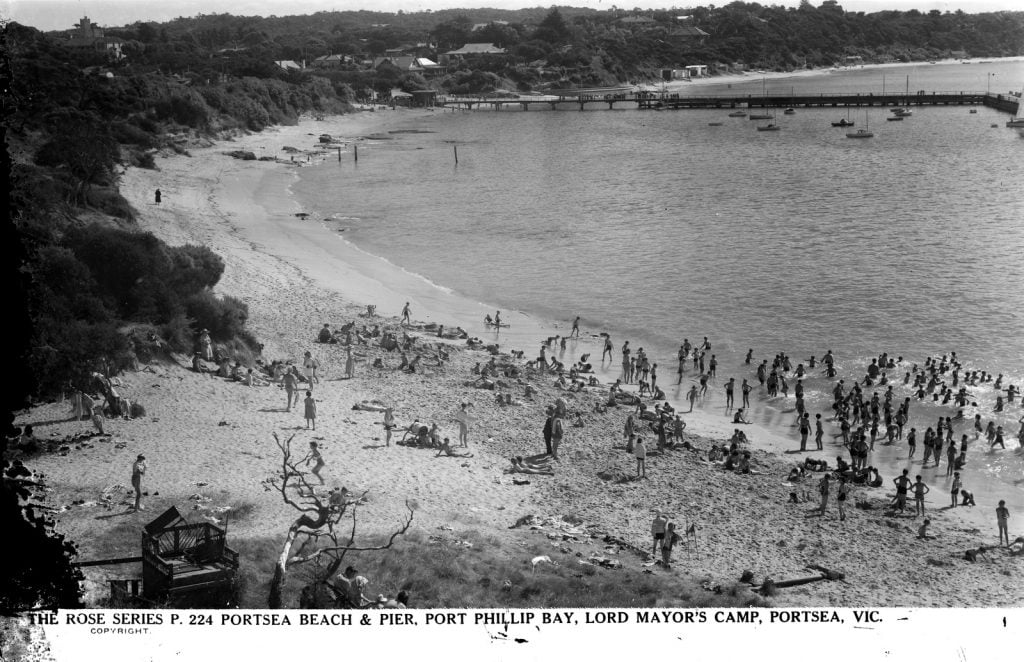
Children aged 9 to 13 years who could benefit from a 12-day holiday at the beach were selected by Shire secretaries, headmasters, Country Women’s Association members and Mothers’ clubs. In 1948, the camps could host 250 children at a time, with eight to ten camps per year. In the summer of 1950-51, between 4000 and 5000 children attended the Lord Mayor’s children’s camps. Preference was given to children of Legacy and returned service members and children from remote areas of the state. During the 1950-51 camp, children from areas as diverse as Tungamah, Casterton, Mildura, Swan Hill, Horsham, Cobram, Coleraine, Shepparton and Dergholm participated.

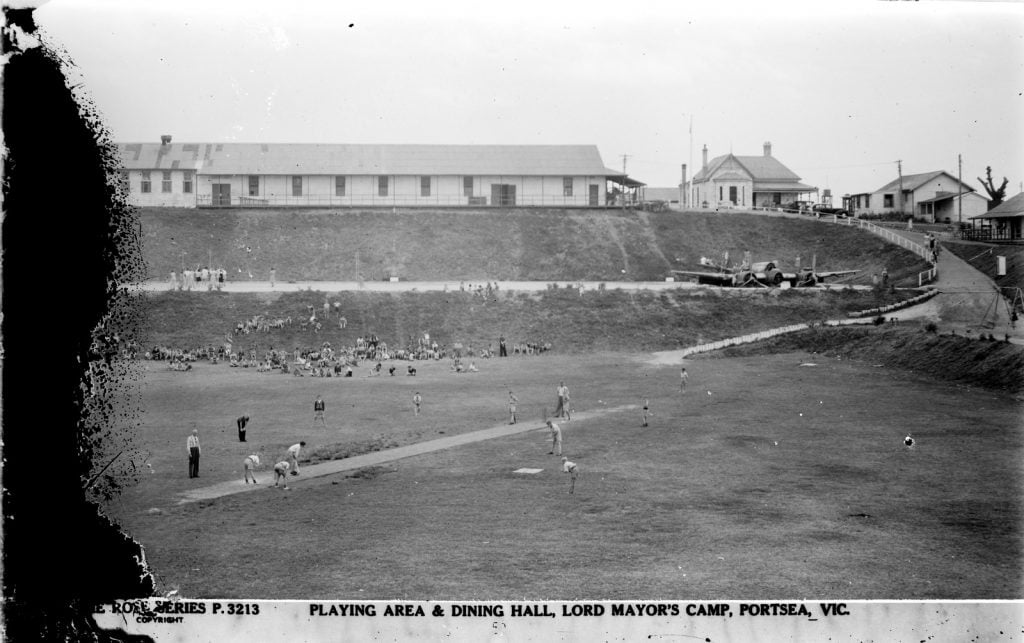
When the camp site at Portsea was taken over, a large amount of work was needed to improve the camp buildings. Carpenters, plumbers and painters from the Master Builders of Melbourne and the building trades unions carried out the work at weekends, providing free labour and materials. Master builder Mr G.A. Winwood was responsible for the construction of the large dining hall, which could seat 1500 people, with a refrigeration block and storerooms.
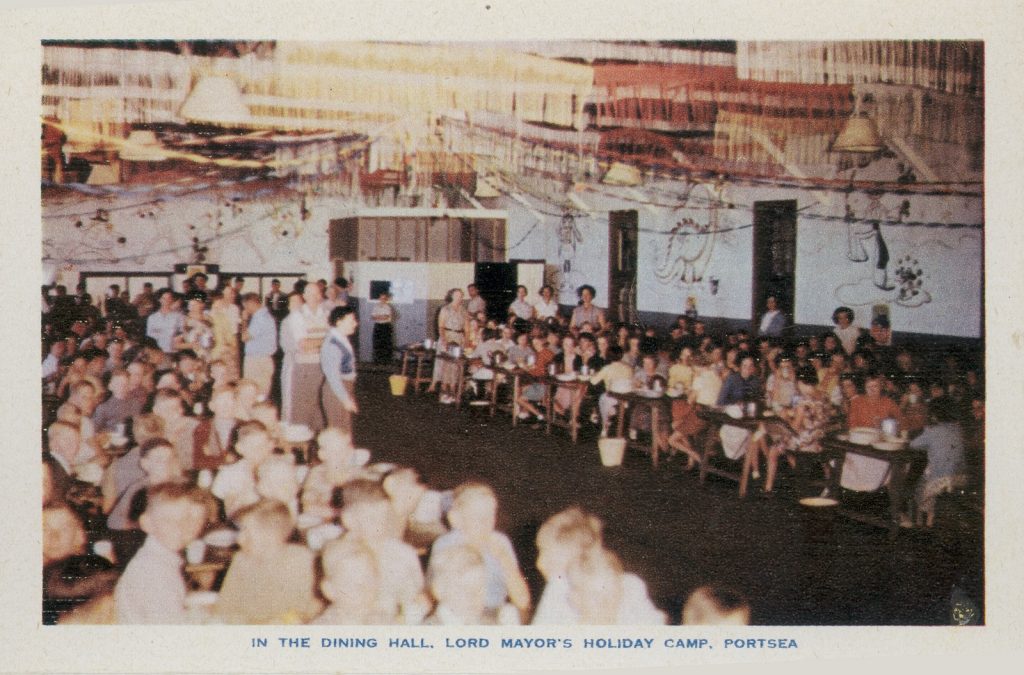

The holiday camps were so successful for country children that in 1952, a similar scheme was inaugurated for city children by the City of Melbourne. In January 1953 to 1955, 3000 children enjoyed a fortnight’s holiday at private homes, farms and small camps in Victoria and even at King Island and in New South Wales.
In 1995, the City of Melbourne handed over the camp to an independent board of directors and today the camps continue under the name The Portsea Camp 2 with a focus on disadvantaged children and those with special needs. There are also camps for school and community groups in this beautiful location.
Further reading:
Coldrey, B, 1993, Lord Somers Camp and Power House: the early years 1929-1939, Tamanaraik Press, Manning, WA
Gregory, A, 1994, It’s only the game that counts: a history of Lord Somers’ Camp and Power House 1929-1989, Lord Somers Camp and Powerhouse, St Kilda
Moorhead, L M, 1979?, History of Lord Mayor’s Children’s Camp- Portsea 1944-1979, The Author, Melbourne


Thank you for this post.
As a child I attended a camp at Safety Beach, Dromana, as part of a group of children from a particular church brought together with children from another church. This would have been during the 60s. There was a girls’ camp and a boys’ camp quite distant from each other (it seemed to me as a child), I’ve not been able to find any record of the sites or buildings.
The main building was weatherboard, and the dorms were fibro-cement sheeting, set up to form the sides of a rectangle.
Does the library have any record of the camps run then?
Hi Judith, I haven’t found any information relating to a children’s church camp on the State Library catalogue. If you give me the name of the church and/or the camp, I could do a search using those terms.